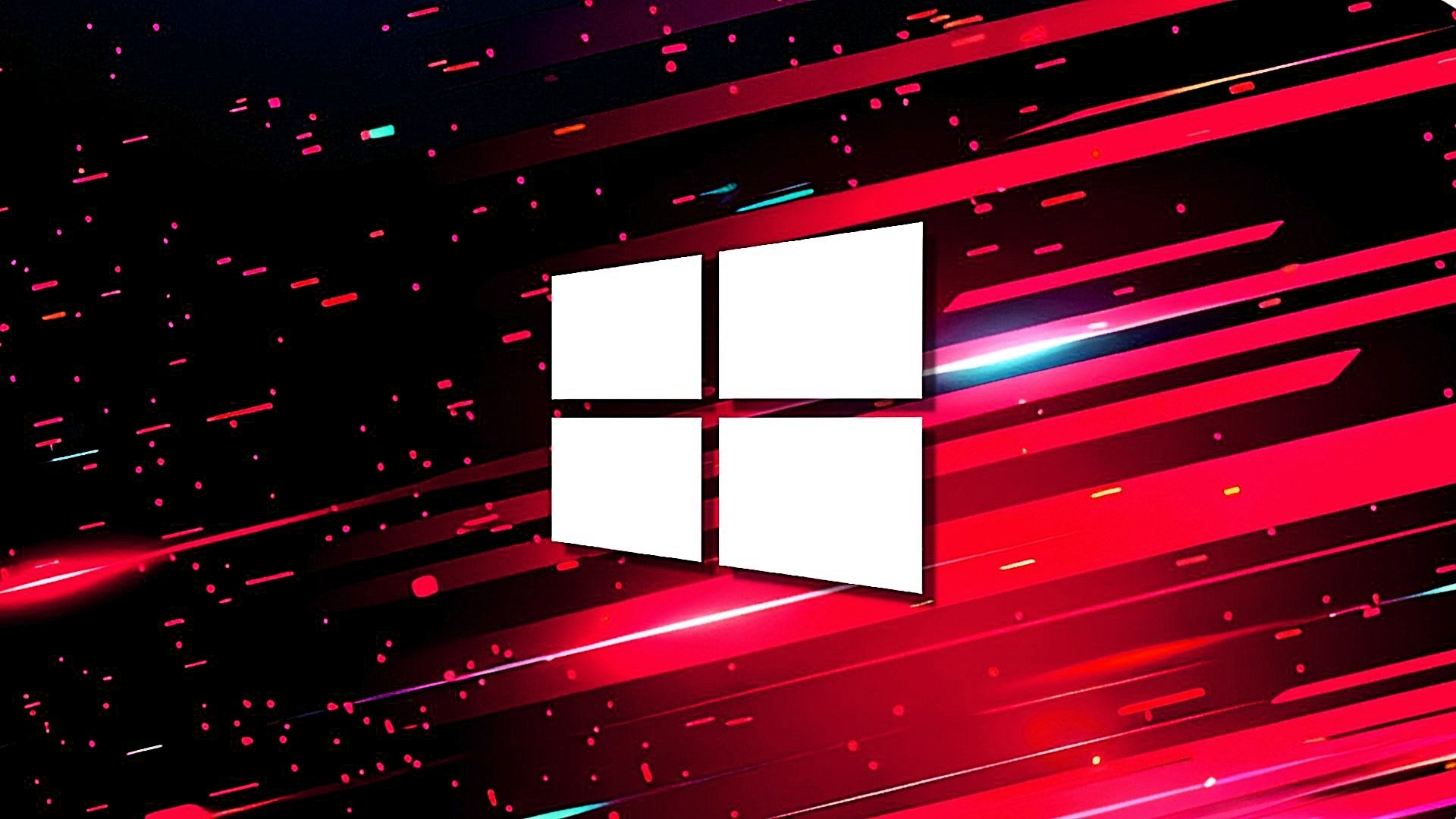Microsoft has recently issued critical out-of-band (OOB) security updates to address a severe vulnerability in the Windows Server Update Services (WSUS). Identified as CVE-2025-59287, this remote code execution (RCE) flaw poses a significant risk, especially as proof-of-concept exploit code is now publicly available.
Overview of Windows Server Update Services (WSUS)
WSUS is a pivotal component for IT administrators, enabling the management and distribution of Windows updates across networked devices. While the WSUS Server Role is essential for update management, it is crucial to understand its associated vulnerabilities.
Details of CVE-2025-59287 Vulnerability
This vulnerability specifically affects Windows servers with the WSUS Server Role activated, a feature that typically remains disabled by default. The implication of this flaw is particularly concerning, as it allows remote attackers to execute code with SYSTEM privileges without requiring any user interaction. This characteristic significantly lowers the complexity of attacks and increases the potential for widespread exploitation among WSUS servers.
Attack Vector and Exploit Mechanism
As described by Microsoft, a remote, unauthenticated attacker can exploit this flaw through specially crafted events that leverage unsafe object deserialization within a legacy serialization mechanism, leading to RCE. The unique aspect of this vulnerability is its capacity for worm-like propagation between WSUS servers, underscoring the urgent need for remediation.
Recommendations and Patch Deployment
Microsoft has released essential updates for all affected versions of Windows Server and recommends prompt installation to mitigate any potential threats. In a critical advisory released on Thursday, the company emphasized the heightened urgency due to the emergence of the proof-of-concept exploit.
Interim Workarounds for Administrators
For administrators who are unable to deploy the patches immediately, Microsoft has suggested several workarounds to help mitigate the risk:
- Disabling the WSUS Server Role to eliminate the attack vector.
- Blocking inbound traffic to Ports 8530 and 8531 on the host firewall, rendering WSUS non-operational.
However, note that these workarounds will result in Windows endpoints ceasing to receive updates from the local server, which can impact system security and performance.
Installation and Update Guidelines
According to Microsoft, this OOB update is cumulative; therefore, it supersedes all prior updates for affected versions, negating the need to apply previous patches before installation. For users who have yet to install the October 2025 Windows security update, it is strongly advised to prioritize this OOB update instead. A system reboot will be necessary post-installation to ensure the updates take effect.
Synchronization Error Details Post-Update
In a supplementary support document, Microsoft noted that after installing the updates related to CVE-2025-59287, the WSUS may no longer display synchronization error details. This change was implemented to enhance security while addressing the critical vulnerability.
Furthermore, recent statistics indicate that 46% of environments experienced compromised passwords, a stark increase from 25% in the previous year. This data exemplifies the urgent need for improved cybersecurity measures and vigilance.
For a detailed analysis of trends in prevention, detection, and data exfiltration, the Picus Blue Report 2025 offers comprehensive insights.
